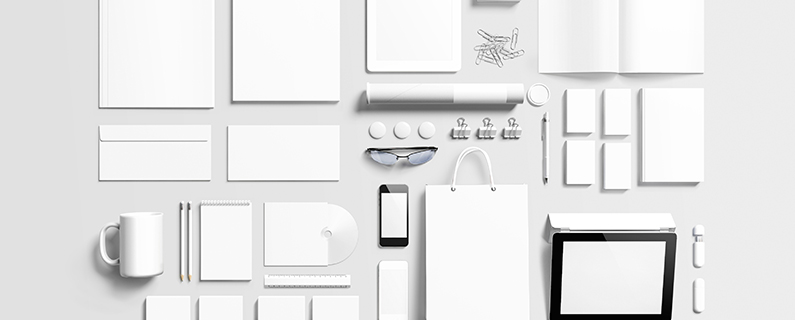It’s a great day! Your branding project is finished and you’ve given your graphic designer final approval. You’re excited about the results and will be able to grow your company in the coming years using your brand new aesthetic.
But what do you do now?
Hopefully your designer is putting together a brand package for you. A good designer will do more than email you one image file and send you on your merry way. Usually this will happen without you asking for anything specific, but in order to make sure you get the most out of the process, there are a couple things you should do once your designs are finalized.
CHECK YOUR BRAND PACKAGE:
Assuming you received a brand package (if you didn’t, ASK!), you should have several files that will be vital in getting the ball rolling on your new branding. If you aren’t sure exactly what you need, here’s a list of some of the most important:
-Vector logos (.ai, or .eps)
-Raster logos for print and web (.jpg and .png are the most common)
-Color variations and black and white options (if applicable)
-Variations with and without taglines (if applicable)
-Brand guide, which should include proper usage, fonts and color codes
-Social media avatars
-Editable files of branding materials such as business cards, letterheads, etc. (.ai, or .eps)
SAVE YOUR BRAND PACKAGE:
Believe it or not, I have to remind some clients their graphic designer is not a library. There’s no need to “check out” your branding once it’s finalized. If your designer has provided you with all the necessary file types, you’ll save a lot of time by keeping those on hand for whenever you or a company you are working with needs them.
For instance, if in five years you need to send a vector logo to a sign company and you don’t have it, you’ll need to get in touch with the designer, and there’s no guarantee they will still have the files. This is 100% your responsibility and can cause major issues down the road if you aren’t careful.
I can’t count how many times a new client has come to me for design work, and despite having a logo and website, they have none of the original files and expect me to work with a low quality .jpg file. Depending on the scope of the project, this can be a minor issue or a major (often expensive) problem. Spending money to have a designer recreate a logo you had designed ten years ago because you either lost or never got the editable files, isn’t a good use of resources.
My advice is to take your branding seriously. Your logo is going to be the face of your company, and it’s important to make sure it’s presented accurately and consistently at all times. No one outside your company, new designers, old designers, web designers, etc., can be held responsible for making this happen.
Get the necessary branding files as soon as you can, and then store them properly, just as you would any other important company documents. Someday, probably years from now, you’ll be so thankful you aren’t a victim of lost design files.
